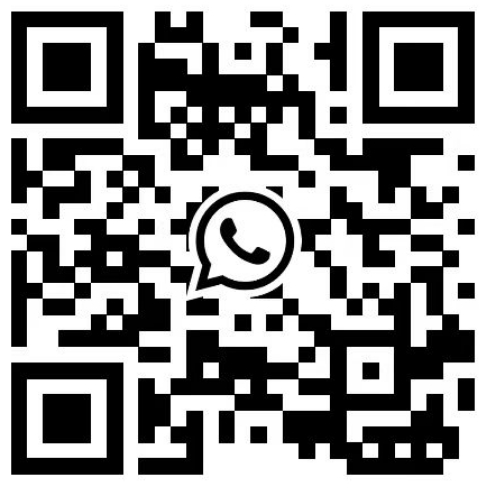



 Jinhai Plaza, No. 21, Jihua 5th Road, Chancheng District, Foshan City, Guangdong Province, China
Jinhai Plaza, No. 21, Jihua 5th Road, Chancheng District, Foshan City, Guangdong Province, China  +0757 8335 0825
+0757 8335 0825  +8618613054883
+8618613054883  manager@gdboanmachine.com
manager@gdboanmachine.com 

